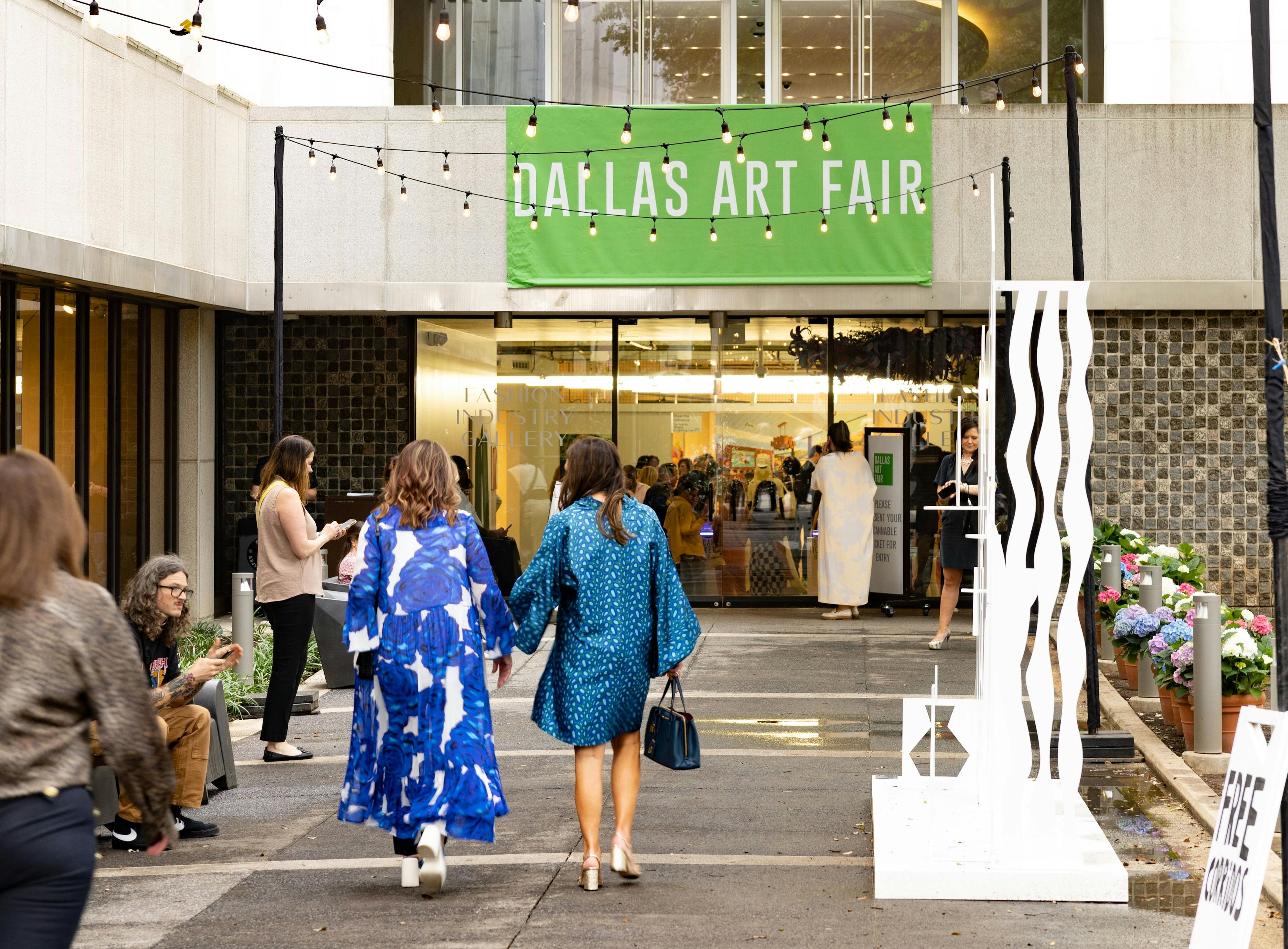Crystal Palaces
Nicole Berry, Maureen Bray, Kelly Cornell, Benedetta Ghione, Jenny Gibbs, Robin Peckham

◉ Nicole Berry
Executive Director, The Armory Show◉ Jenny Gibbs
Executive Director, IFPDA Fair◉ Maureen Bray
Executive Director, ADAA’s The Art Show◉ Kelly Cornell
Director, Dallas Art Fair◉ Benedetta Ghione
Executive Director, Art Dubai◉ Robin Peckham
Co-Director Taipei Dangdai Art & Ideas◉ In a world searching for balance between the efficiencies of virtual activity and the vitality of in-person experiences, art fairs are an irreplaceable environment to engage with art and the art community. ◉ Art fairs are more than centers for commerce. They are a pilgrimage and, as such, I don’t see them going away. Humans are social creatures, and the art world is a network on steroids. Online sales aren’t going away, but neither are art fairs which are necessary to create and sustain the relationships that support online sales. ◉ Fairs continue to represent an important opportunity for collectors and curators to see a wide breadth of work in one place and, at a fair like The Art Show, to be intimately scaled enough to encourage close looking and thoughtful engagement with the dealers about the work on view. ◉ Art fairs invigorate a community for a week. It is the best week in Dallas, where everyone is so passionate and excited about the arts. And that excitement goes well beyond a week when you see its impact in museum programming, corporate collections and more.
◉ The conversations we have focus on solutions pertaining to quality, size, diversity of artwork shown, visitor experience, collector and institutional engagement, and sustainability. Our success is reliant on attention to these critical factors and on our ability to adapt to the needs of our clients and visitors. ◉ Prince Albert, the driver behind London’s legendary Crystal Palace and what was arguably the first international art fair, would feel comfortable at a 21st-century art fair. Consider that the IFPDA Print Fair is held at New York’s Javits Center, which boasts its own 16-story Crystal Palace! Art changes, but art fairs are designed with humans in mind. We want to engage the senses of our visitors, yes, and we also need to offer them somewhere to sit and something to eat. The overall design and execution of the art fair have changed relatively little since the 1850s. ◉ Particularly exciting is the potential there is for our region and how fairs can innovate — in most places, it’s essentially been the same model for forty or fifty years. We were one of the few events to take place during COVID; we launched a dedicated digital section of the fair last year that has expanded despite the economic uncertainty in that space. ◉ Something novel is clearly happening now: new fairs in new places are succeeding while the largest hub fairs are consolidating their positions. As galleries have affirmed the essential role that fairs play in creating opportunities for discovery among their clientele, it also seems that we’re now reaching a peak in terms of global carrying capacity. No fair can expand indefinitely, and there will be a give-and-take as certain nodes come in and out of regional market systems. Now is a good time to celebrate the future of the regional fair with a defined audience operating at a scale that cultivates real intimacy between its community of galleries, collectors, and enthusiasts. It’s important to remember that we can’t be everything to everyone, and we need to make choices about what we can offer and what ethos of art and community we are putting out into the world. ◉ We play a much bigger role in the cultural ecosystem here rather than just being a marketplace, as might be the case in other cities or markets — our role is fundamentally about convening people, collaborating with others to give a platform to our wider non-profit and commissioned programming, and introducing people to the best art and artists from the Global South.
◉ The cost of international shipping has become (and probably will and should remain) scary. It is hard to give voice to concerns about climate change while helming an event that is predicated upon moving thousands of people with thousands of pounds of cargo thousands of miles powered by the liquified fossils of prehistoric plants and animals. I dream of a transportation future like Kim Stanley’s Ministry for the Future, in which we’ll travel in high-speed clipper ships and move our freight with dirigibles. ◉ One of the most important choices for the Art Show has been our sustainability initiative which we launched in 2022 when we commissioned the first-ever Sustainability Roadmap. The Roadmap assesses all production aspects of the fair that might impact climate or general wellness and sets short-, mid-, and long-term goals for us to address these issues in an efficient way. We will ultimately make the Roadmap available to other fairs in the near future to share the knowledge we’ve gained from this process.